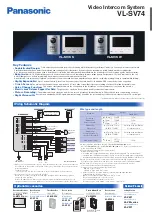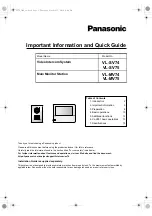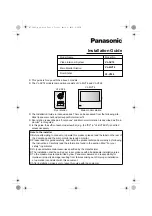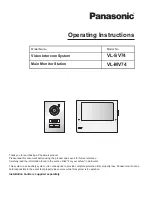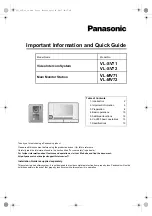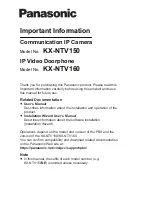
750 XTR Series
Functions
System manual | Version: 2.0.0
31
4
Functions
4.1 Process Image
After switching on, the head station identifies the inserted I/O modules that send or
expect to receive data (data width > 0). The head station creates an internal local
process
image from the data width, the module type and the position of the I/O module
in the
node. This process image is divided into input and output data zones.
The head station provides one or more external process images that are used, for
example, for data transmission via a fieldbus. The structure of an external process
image depends on:
• The selection and arrangement of the I/O modules in the node. Some I/O modules al-
low you to configure the arrangement and amount of the data they provide. Information
on the process data provided by an I/O module is available in the
&
Product Manual
of the I/O module.
• The properties of the external interface (e.g., of the fieldbus) and the properties of the
head station. More information is available in the
&
Product Manual
of the head sta-
tion. Examples of process image properties that can differ between head stations:
– Arrangement of the process data in the order of the physical placement of the I/O
modules
– Grouping of the process data so that analog field signals come before digital field
signals
– Insertion of filler bits or bytes so that data of an I/O module starts on a word
boundary
– Hiding of diagnostic bits from the process data of the I/O modules and/or map
them to fieldbus-specific diagnostic mechanisms
– Adaptation of the endianness to the properties of the fieldbus
– Limiting of the amount of data to packet sizes that can be processed by the field-
bus































